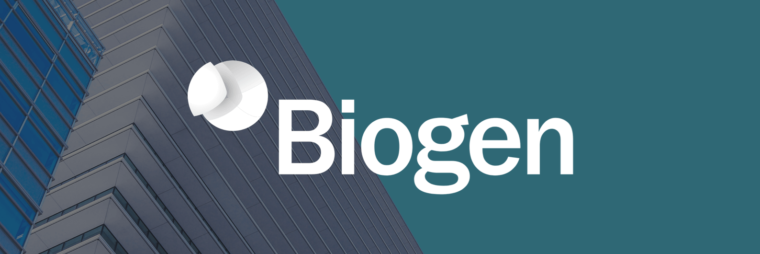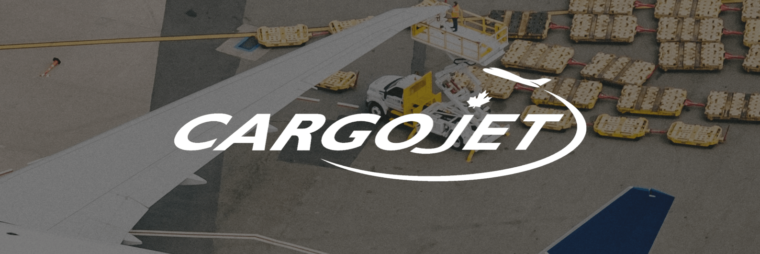Mixed Bag of 3 Defensive Stocks
This week we offer a mixed bag of defensive stocks in American healthcare, semiconductors and transports. Some of these pay a higher dividend than others, one is a buy on dips, while all are long-term buys.
Eli Lilly & Co. (LLY-N) / Biogen IDEC Inc. (BIIB-Q)

Biogen soared 40% on September 28 on news of the positive test results of its Alzheimer’s drug, Iecanemab. One analyst guessed that the drug could generate $8 billion in peak sales. However, the drug still needs to pass further testing, and investors are still haunted by Aduhelm, another Alzheimer’s that did get approved, back in June 2021, but its sales have fallen short of expectations, because Medicare isn’t convinced it works and won’t pay for it.
The call: take profits on Biogen.

You could then take that money and put it in Eli Lilly. There’s potential in LLY stock’s own Alzheimer’s drug. Also, the street is putting its hopes into LLY’s weight-loss drug, Mounjaro, when it starts selling in two or three years. After all, diabetes as at an all-time high in America. One analyst envisioned $25 billion in peak sales, outstripping AbbVie‘s Humira which has topped $20.7 billion. However, the street is getting a little ahead of itself, since the FDA has approved Mounjaro for glycemic control in T2D patients, and LLY still needs to submit the drug as a treatment for weight-loss.
Other drugs in the LLY pipeline include BIF (Basil-Insulin FC), a once-a-week insulin, and Retevmo to treat cancer. Testing continues on these drugs.
For the immediate future, Lilly’s EPS is expected to grow 23% and lets it trade at a premium of 52.5x PE. Compare that to AbbVie’s 20.2x or Merck‘s 13.2x. You’re buying Eli Lilly for share appreciation, since it pays only a 1.27% dividend yield. AbbVie distributes 3.99% and Merck 3.2%. Another caveat: LLY stock missed its last quarter, Q2, wth EPS coming in at $1.30 instead of the expected $1,80.
Despite that, the street targets $370.57 for LLY stock, based on eight buys. After all, company margins compare well to its peers with a 17.83% ROI, above the industry average of 16.18% and a ROE of 76% that beats the industry’s 44%. Overall, Eli Lilly’s pipeline looks robust enough to warrant a buy, buy on weakness.

Skyworks Solutions Inc. (SWKS-Q)
Anyone following semiconductor stocks has a sore ass from riding the rollercoaster, but it’s worth hanging onto this stock. Skyworks supplies chips to cars, homes and for industrial uses. Global wireless activity is projected to increase 27% annual for the next five years. By 2030, connected cars will use 25 times the amount of data of today’s smartphones. Speaking of which, Skywork’s big outlet is phones, specifically those that will use the 5G network and more precisely iPhones. More on this in a second.
SWKS stock pays a 2.63% dividend yield based on a low 28.18% payout ratio in a space that seldom pays anything. In fact, the company raised its divvy by 11% in August, which means eight straight years of dividend growth or an 463.6% increase since it started paying a dividend.
The stock trades at a 11.35x PE, which is a far cry from Taiwan Semiconductor‘s 15x. Also, earnings outstrip at $7.87 vs. TSM’s $4.62, though SWKS’ profit margin of 24.11% is a long way from TSM’s 40.62%. Despite the turmoil in tech, Skyworks has beaten or met its last four quarters.
Back to Apple: A decade ago, Apple made up 29% of Skyworks’ revenues and now represents 55%. Partnering with one of the strongest companies in the world as the world transitions to 5G is a definite plus. A distant caveat, though, is what happens when we roll out 6G?
The company has been wise to actively diversify. For example, in July 2021, Skyworks bought Silicon Laboratories to strengthen its presence in EV’s, hybrids, data centres and other applications. In the quarter ending June 30, broad markets (or the internet of things) made up 38% of SWKS stock’s total revenues, so the company is moving in the right direction as it continues to thrive with Apple. With shares down 42% for the year, Skyworks is a buying opportunity.

Cargojet Inc (CJT-T)
Perhaps no Canadian chart mirrors the pandemic era better than Cargojet. In February 2020, it topped $122, then plunged to $86 two months later in the depths of the first lockdown, then soared like a rocket to $242 as e-commerce took off. A slow, post-pandemic unwinding has left shares at $116 today. As its name implies, Cargojet delivers stuff on planes, including 90% of packages that travel between Toronto and Vancouver overnight. However, transports have been beaten silly lately (witness FedEx shares after it called for a global recession). This group faces higher fuel costs and a labour shortage. Add to that fears of a recession in coming months to slow down their traffic. No wonder that Cargojet shares have slid 41% in the past year and returned to levels of March 2020, when the pandemic hit full-throttle.
So, was CJT a pandemic play, wasn’t it? Yes, it was, but the stock still has a future. Last March, the company struck a five-year deal to supply aircraft to courier DHL around the globe. In return, DHL obtained 9.5% of CJT stock. After a very mixed earnings record in the past year, CJT handily beat its last quarter at $9.12 EPS vs. an expected $1.59. (Its Q3 will deliver on Hallowe’en.) Shares have been beaten down so badly that Cargojet looks oversold. In fact, Bay Street targets $203.82 on the name. That’s a little high in my book, but there’s likely more upside here than further downside. CJT trades at a 10.53x PE, but its forward PE is 15.11x.



